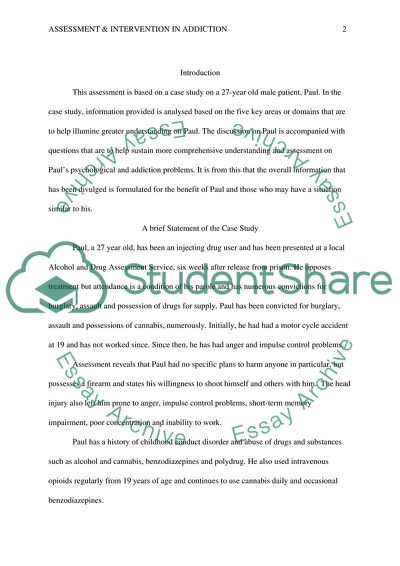Cite this document
(“Assessment and intervention in Addiction Essay Example | Topics and Well Written Essays - 2500 words”, n.d.)
Retrieved from https://studentshare.org/health-sciences-medicine/1654309-assessment-and-intervention-in-addiction
Retrieved from https://studentshare.org/health-sciences-medicine/1654309-assessment-and-intervention-in-addiction
(Assessment and Intervention in Addiction Essay Example | Topics and Well Written Essays - 2500 Words)
https://studentshare.org/health-sciences-medicine/1654309-assessment-and-intervention-in-addiction.
https://studentshare.org/health-sciences-medicine/1654309-assessment-and-intervention-in-addiction.
“Assessment and Intervention in Addiction Essay Example | Topics and Well Written Essays - 2500 Words”, n.d. https://studentshare.org/health-sciences-medicine/1654309-assessment-and-intervention-in-addiction.


